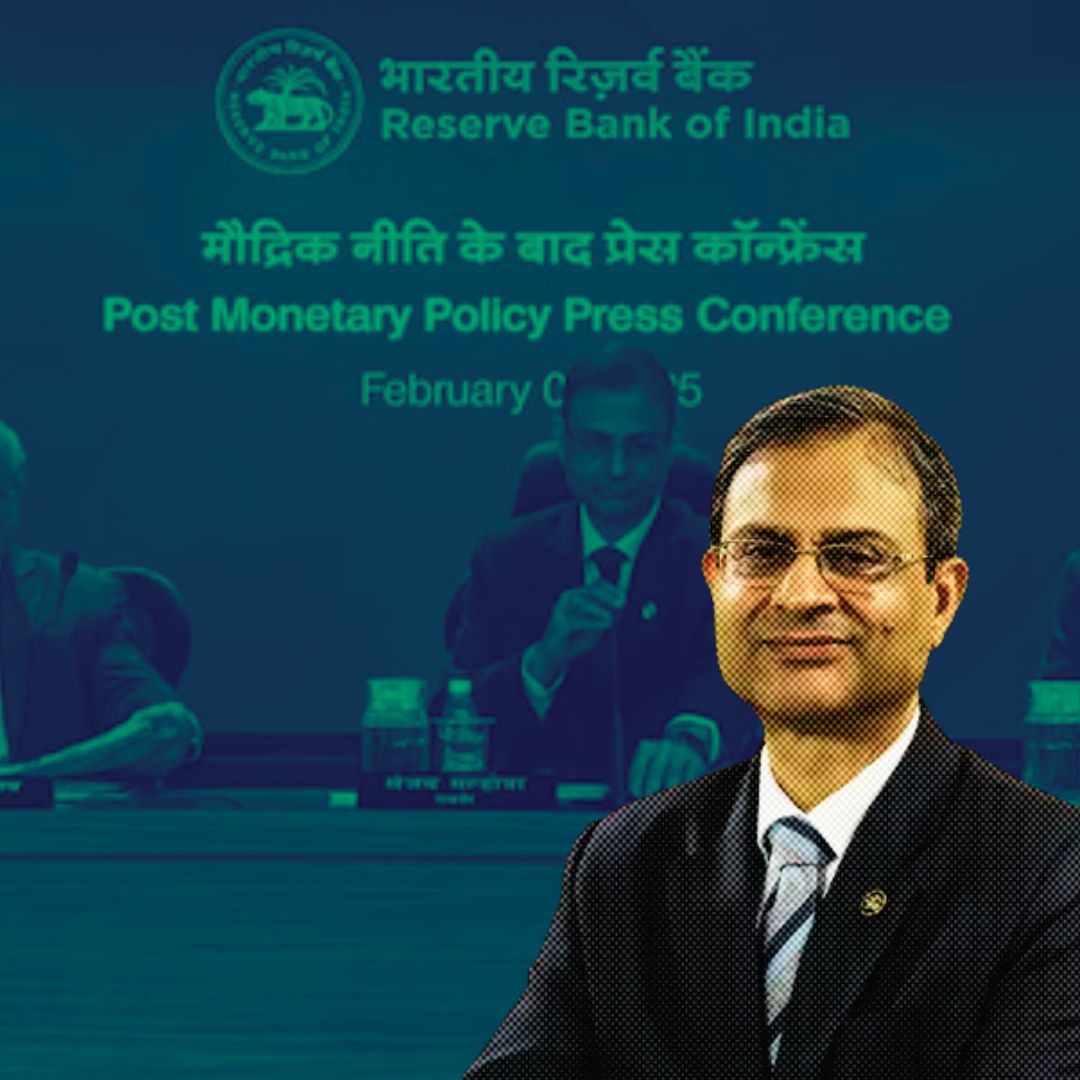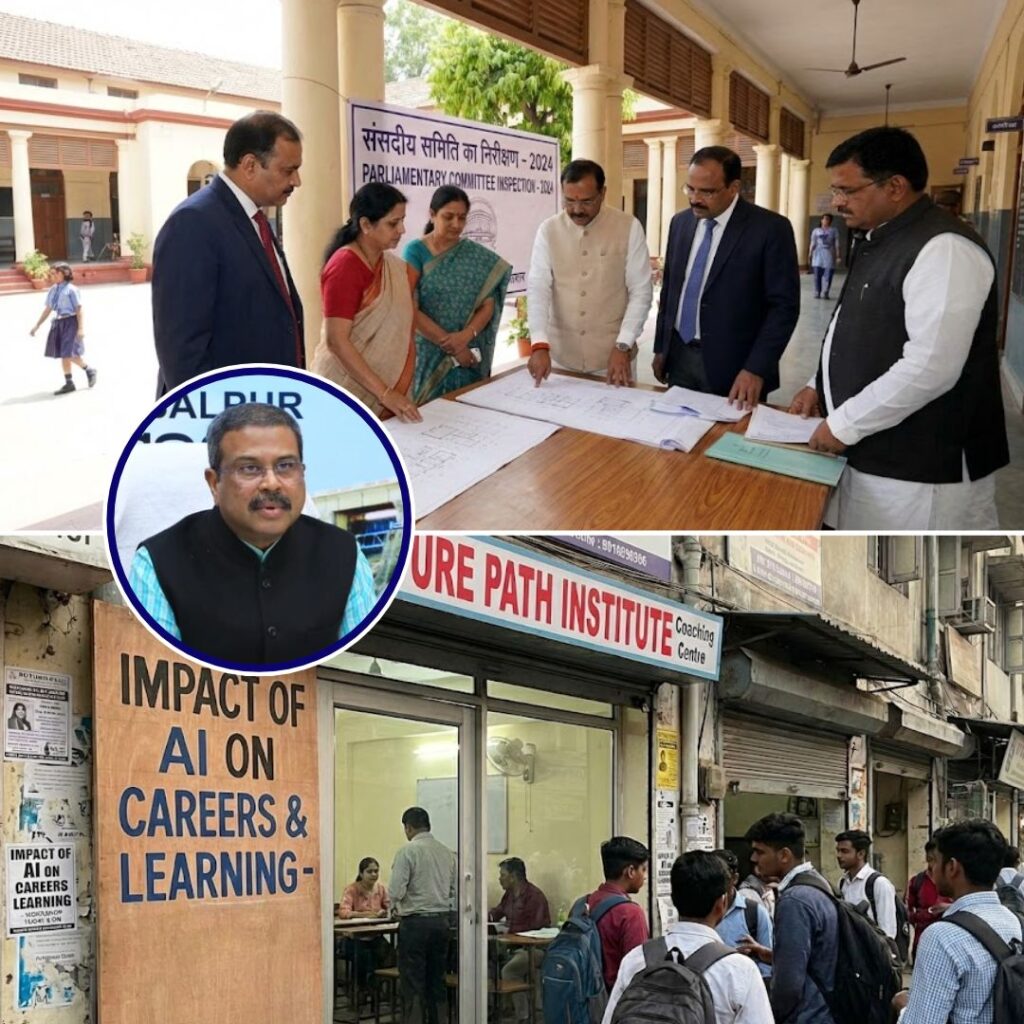In a move aimed at stimulating economic growth, the Reserve Bank of India (RBI) Monetary Policy Committee (MPC) has announced a reduction of the repo rate by 25 basis points to 6.25%. This marks the first rate cut in five years, signaling a shift towards a more accommodative monetary policy. The decision, unveiled following a three-day meeting, reflects the RBI’s commitment to balancing growth and inflation.
RBI Governor Sanjay Malhotra, in his inaugural MPC meeting, highlighted the unanimous agreement on the rate adjustment, projecting a GDP growth of 6.7% for FY26. Consumers can expect lower loan EMIs, and the financial markets are poised for a positive response.
Rate Cut Signals Economic Optimism and Anticipated Relief for Borrowers
The RBI’s decision to cut the repo rate, a key indicator of borrowing costs, comes after eleven consecutive policy meetings where the rate remained steady at 6.50%. This move is largely interpreted as a response to moderating inflation, particularly in essential food items. A detailed analysis from Bank of Baroda suggests that the easing of inflationary pressures has provided the RBI with the necessary flexibility to enact a calculated rate reduction.
This reduction is expected to translate into lower interest rates on loans, offering financial relief to both businesses and individual borrowers. Home loans, auto loans, and personal loans could all see a decrease in Equated Monthly Instalments (EMIs), potentially boosting consumer spending and investment.
Expert Opinions on the RBI’s Move
Leading economists and financial analysts have weighed in on the RBI’s decision. Ajay Garg, CEO of SMC Global Securities, emphasized that the anticipated decrease in CPI inflation to a range of 4.5% to 4.7% in January 2025, down from 5.2% in December 2024, was a key factor influencing the rate cut. This forecast suggests that the RBI is confident in its ability to keep inflation within its target range while simultaneously stimulating economic activity.
The MPC also considered the real GDP growth projection of 6.4% for FY25, which is the lowest in four years, underscoring the need for measures to boost economic expansion. The rate cut is seen as a proactive step to support businesses in expanding operations and encouraging investment.
MPC Members in Attendance: A Unanimous Decision
The Monetary Policy Committee, responsible for setting India’s monetary policy, comprises six members. Along with Governor Sanjay Malhotra, the meeting was attended by Dr. Nagesh Kumar, Shri Saugata Bhattacharya, Prof. Ram Singh, Dr. Rajiv Ranjan, and Shri M. Rajeshwar Rao. Their unanimous decision to cut the repo rate highlights a consensus on the need for a more growth-oriented approach. The diverse expertise of the committee members, spanning economics, finance, and banking, ensures a comprehensive assessment of the economic landscape.
Historical Context
The last instance of the RBI lowering the repo rate was in May 2020, during the height of the Covid-19 pandemic. At that time, the RBI implemented a substantial 40 basis points reduction, bringing the rate down to 4% to mitigate the severe economic impact of the lockdown and support businesses and individuals facing financial distress. The current context differs significantly from the pandemic era, with the economy gradually recovering and inflation showing signs of moderation. This allows the RBI to adopt a more nuanced approach to monetary policy.
Beyond Rate Adjustments
While the repo rate cut is a welcome step, some financial experts argue that it may not be sufficient to address all the challenges facing the Indian economy. Emkay Research suggests that market participants are seeking policy interventions beyond traditional rate adjustments, particularly in addressing persistent liquidity concerns. Liquidity refers to the availability of funds in the financial system, and tight liquidity conditions can hinder lending and investment activities.
Anticipating Future Liquidity Measures
During the December policy meeting, the MPC voted to maintain the repo rate but reduced the Cash Reserve Ratio (CRR) by 50 basis points to 4% to improve liquidity and encourage credit growth. The CRR is the percentage of a bank’s deposits that it is required to keep with the RBI. Lowering the CRR increases the amount of funds available to banks for lending.
BofA Global Research anticipates that the RBI may further reduce the repo rate in the future and suggests the implementation of measures to inject lasting liquidity into the system. These measures could include a further reduction in the CRR or significant open market operations involving bond purchases. Open market operations involve the RBI buying or selling government securities to influence the money supply and interest rates.
The Logical Indian’s Perspective
While the repo rate cut is a step toward economic relief, financial experts emphasize that its effectiveness will depend on additional measures to address liquidity concerns and sustain growth. Analysts at Emkay Research suggest that market participants are looking beyond traditional rate adjustments, advocating for policies that ensure smoother credit flow and financial stability.
Will the 25 bps rate cut be enough to support long-term economic growth? Experts believe that further interventions, such as liquidity injections and structural reforms, could be crucial in ensuring broader financial relief across all segments of society.











